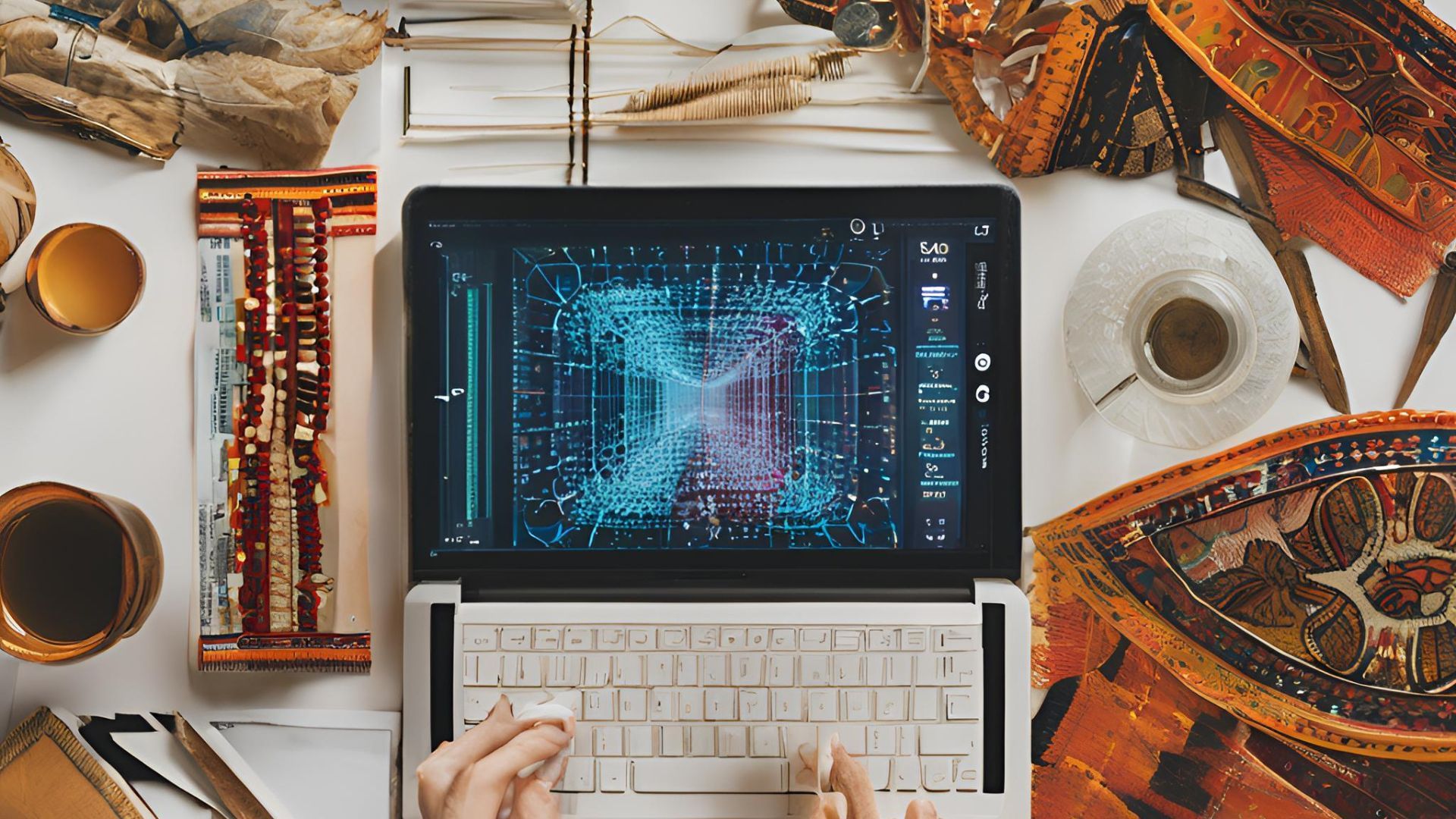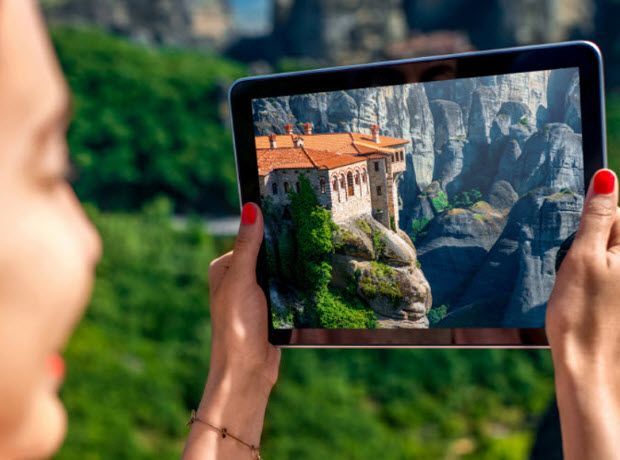Preserving Culture in the Digital Age: Technology as a Tool for Cultural Exchange

Cultures worldwide are experiencing both opportunities and challenges today. While technology connects people globally and shares cultural content, it also raises questions about authentic representation. Rapid changes also put traditional knowledge at risk.
So, today we will discuss how strategic use of digital tools can support safeguarding heritage, sharing traditions more broadly, and allowing communities to curate their narratives. We will also look at technology solutions for preserving artifacts, and practices and facilitating education, as well as the role of local digital efforts.

How Technology Helps in Cultural Preservation?
Technology plays an important role in preserving various elements of culture. Some of the main ways technologies aid cultural preservation are:
Digitising Cultural Artifacts
Museums, libraries, and institutions are using advanced technologies like high-resolution scanning, 3D imaging, and virtual reality to create digital copies of artifacts, artworks, documents, and sites which ensures their preservation.
Digital archives let people from all over the world see important cultural things for learning and studying without harming the real stuff.
Platforms like Google Arts & Culture and British Library Digital Collection host millions of digitised artifacts online. Initiatives like CyArk use laser scanning to build 3D models of heritage sites preserving them against disasters.
Promoting Cultural Education
Educational technologies promote cultural learning. Platforms, apps, and virtual exhibits offer exceptional experiences that engage users to see different cultures, traditions, and histories in an interactive way.
For example, UNESCO World Heritage Journeys and National Geographic Explore VR transport people to iconic sites worldwide educating about their significance. Language learning apps like Duolingo help preserve endangered languages and promote linguistic diversity.
Preserving Intangible Cultural Heritage
Technologies also aid in documenting intangible elements of culture like music, oral traditions, performing arts, and languages which are at risk of being lost.
Digital archives, recordings, and online repositories serve as valuable sources to preserve and share these intangible cultural practices.
Indigenous Digital Archive and Endangered Languages Archive digitises indigenous languages and traditions for future generations. Spotify and YouTube provide access to diverse cultural music and performances globally.
Community Engagement and Participation
Technology facilitates community involvement which is essential for cultural conservation. It gives power to local people to participate in heritage preservation and promotion of their cultural assets.
Through digital storytelling, workshops, and festivals, communities can amplify their voices, advocate for their culture, and develop a shared responsibility for cultural heritage preservation.
Cultural Authenticity and Accessibility Balance
While technology aids in cultural preservation and access, maintaining authentic representations and respecting cultural ownership is important. Some of the challenges include:

Challenges Around Cultural Representations
Below are the main challenges around the representation of the different cultures:
Losing Context of Digitised Artifacts
Items transitioning from physical to digital formats may lose their original meaning, history, or cultural context over time. Without the proper documentation, digitised cultural artifacts are at risk of being disconnected from their original place and purpose.
Questioning Authority of Digital Curators
As cultural content is easily shared online, issues can arise regarding who has the proper cultural understanding and authority to present different traditions and interpret them in a respectful manner. There needs to be an oversight to ensure the sensitive handling of cultural portrayals.
Oversimplifying Cultures through Virtual Experiences
Unless built with comprehensive cultural knowledge, virtual exhibits, and digital experiences run the risk of overgeneralisation or not accurately representing the rich nuances within cultural identities and traditions. This can lead to misrepresentations.
Risk of Misappropriation and Inaccuracy
With the ease of digital sharing, cultural expressions risk being used out of context or inaccurately depicted without consideration for cultural ownership and protocols. Representations need to maintain integrity to avoid disrespectful misuse of intangible heritage traditions.
How to Address Representation Challenges?
To balance preservation and accessibility, care must be taken to maintain cultural integrity through authentic and nuanced digital portrayals. Institutions need sensitivity in cultural translations and community partnerships for appropriate translations.
Content creators and platforms have ethical responsibilities to curb misrepresentations. Conscious efforts are necessary to showcase the dynamism and diversity within cultures.
Local Initiatives for Global Impact
Local initiatives are making a big impact on the world stage. These projects, driven by communities themselves, are using digital tools to share their stories and traditions with the rest of the world. Here are a few examples:
Storytelling Websites and Apps
Storytelling websites and apps let people share their oral traditions, folktales, histories, and cultural stories using videos, images, and text. They help save stories that might otherwise disappear and help people from all over the world get to know each other better.
Online Cultural Marketplaces
Online cultural marketplaces are websites where artisans from all over the world can sell their local crafts, foods, and performances directly to people worldwide. These platforms not only help keep traditional crafting methods alive but also enable artisans to connect with more customers.
Social Media Campaigns
Using hashtags, videos, and live streams on social media platforms, communities can showcase their festivals, arts, and costumes in a way that challenges stereotypes. When communities join these campaigns, they can show the world what their culture is really like.
Language and Heritage Documentation
Through collaborations, communities are documenting their languages, music, and dance forms using audio-visual archives. These resources are invaluable for passing on cultural knowledge to future generations and for sharing it with people outside the community.
Final Words
As technology and culture progress together, it is important to thoughtfully use digital tools for heritage. While tech helps preserve and share traditions, communities must guide representations. With care, cultures can use new methods online to safeguard tangible history, keep practices alive, and spread understanding. Museums, social platforms, and local groups all need to work together. Their shared goal should be protecting the legacy for future generations, without losing what makes each tradition unique.
When communities keep their stories alive and outsiders follow their advice, technology can help traditions instead of taking their place.
Sources:
- https://iips.com.pk/the-intersection-of-culture-and-technology-preserving-heritage-in-a-digital-world/
- https://www.meer.com/en/75613-cultural-preservation-in-the-digital-age
- https://www.diplomacy.edu/blog/culture-in-the-digital-age/
- https://gilescrouch.medium.com/cultural-preservation-in-the-digital-age-f91798db4474









